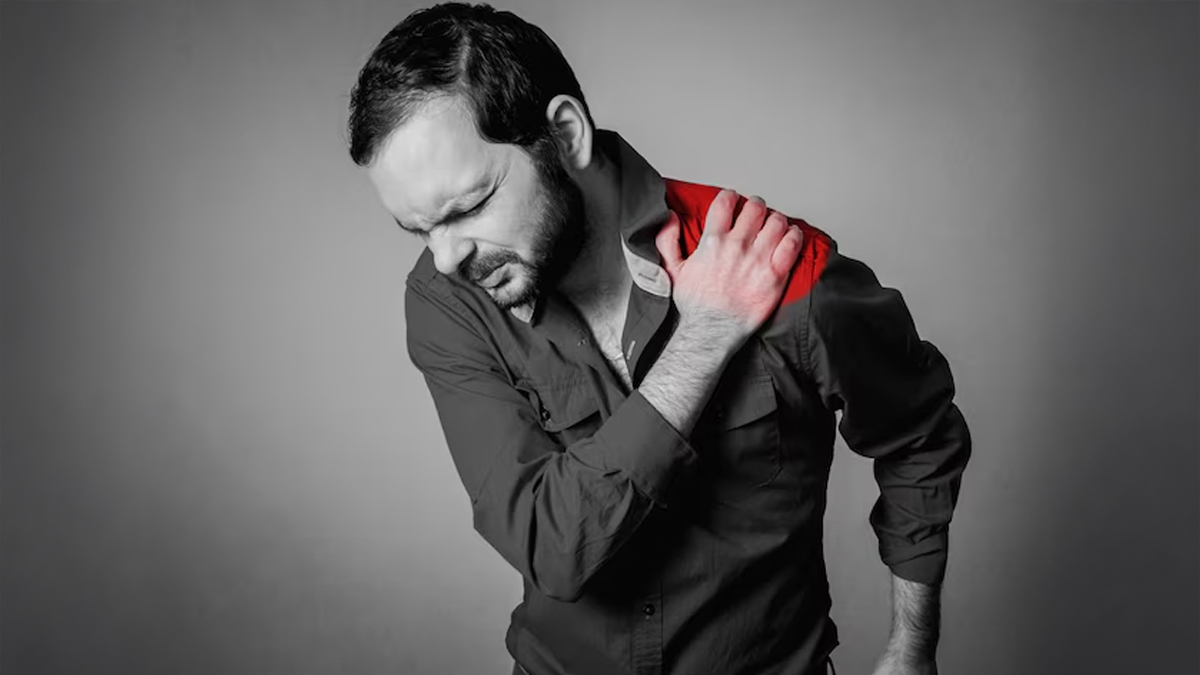
Did you know that the shoulder joint, also called the glenohumeral joint, is the most movable joint in the body due to its high range of motion? It is a ball-and-socket joint that connects the upper arm to the shoulder blade and allows the arm to move in many directions. This is one of the reasons why this area is also extremely prone to injury and dislocation.
Table of Content:-
If you're someone who has experienced a dislocation in the shoulder, you probably already know the pain it involves. It can lead to swelling, bruising, and deformity of the shoulder, which can be worsened if you do not take proper measures. For those of you who want to know more about a dislocated shoulder joint and whether or not you should try to reposition it, here's what an expert shares.
Also Read: Stress Can Cause A Frozen Shoulder: Expert Explains Their Connection And Management Measures
Common Causes Of A Dislocated Shoulder

A dislocation of a joint is characterised by a popping sound that occurs when the bones that meet at a joint are completely separated from each other. In most cases, a dislocated shoulder occurs due to a blow to the shoulder or a direct injury, which may happen in road traffic accidents, sports injuries, or non-sport injuries, Dr Jashan Vishwanath, Consultant, Orthopedics, Jaslok Hospital and Research Centre, Mumbai, tells the OnlyMyHealth team.
According to StatPearls Publishing, shoulder dislocations represent 50% of all major joint dislocations, with anterior dislocation being the most common. Anterior dislocation refers to a joint displacement where the bone moves forward out of its socket.
Should You Try To Reposition The Joint After Dislocation?

Dr Vishwanath suggests that trying to relocate the shoulder without medical aid or assistance may result in more injuries, such as fractures and tear of the rotator cuff.
In rare cases, it can also cause injury to blood vessels and nerves, he adds.
According to research, when it comes to patients with a dislocated shoulder, it’s important to check for nerve or blood vessel injuries, especially to the axillary nerve. This nerve helps move the shoulder and gives feeling to the outer part of it.
Axillary nerve injury is common, affecting over 40% of cases, but it often improves after the shoulder is put back in place. While dislocations are usually easy to spot, X-rays should be done before repositioning the shoulder if there was trauma, as fractures occur in about 25% of cases.
Also Read: Can Shoulder Pain Be A Sign Of Lung Cancer?
When Is Surgery Advised?

As per Dr Vishwanath, surgery is usually required after shoulder dislocation. An orthopaedic surgeon should be consulted at the earliest. Magnetic Resonance Imaging (MRI) may be required to assess the extent of injury. Keyhole surgery (arthroscopic) usually suffices, the doctor shares.
Conclusion
Anyone can experience a shoulder dislocation due to an unexpected injury. While such accidents are often unpredictable and unavoidable, what happens afterward is crucial. Seeking prompt medical attention is essential, and attempting to reposition the joint yourself is strongly discouraged, as it can cause further complications.
Also watch this video
How we keep this article up to date:
We work with experts and keep a close eye on the latest in health and wellness. Whenever there is a new research or helpful information, we update our articles with accurate and useful advice.
Current Version